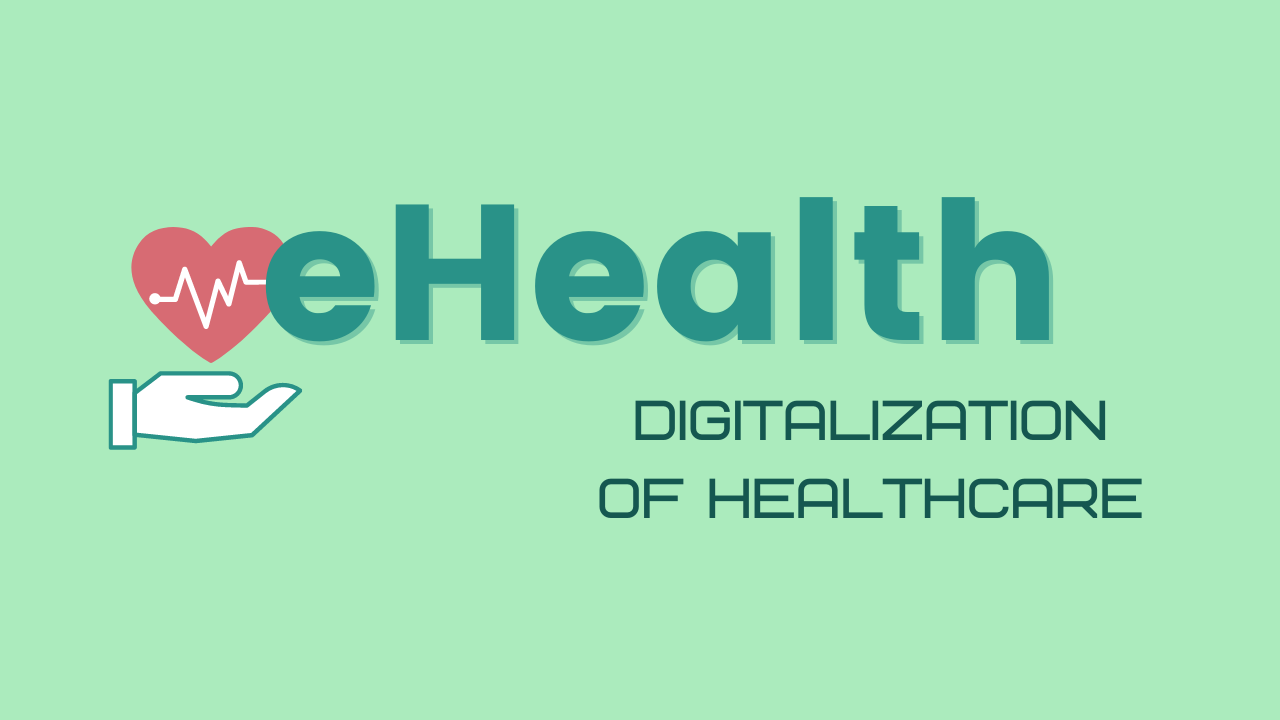eHealth
Wiki Article
eHealth
Overview
eHealth, also referred to as digital overall health or healthcare engineering, refers to the usage of Digital communication and knowledge technological know-how from the healthcare business. It encompasses a wide range of systems and purposes targeted at bettering the efficiency, success, and good quality of healthcare supply.
Goals of eHealth
The key targets of eHealth is often summarized as follows:
Improved Usage of Healthcare: By leveraging electronic technologies which include telemedicine and remote affected individual monitoring, eHealth aims to improve use of healthcare expert services for individuals residing in remote regions or with limited mobility.
Improved High quality of Treatment: Through instruments like electronic wellness documents (EHRs) and clinical final decision assistance devices (CDSS), eHealth seeks to enhance the caliber of treatment by facilitating accurate and timely facts exchange between Health care specialists.
Client Empowerment: By supplying sufferers with use of their medical information, personalised health apps, and on the web instructional resources, eHealth empowers folks to choose an active function in controlling their own well being.
Value Performance: Making use of electronic platforms may help reduce administrative fees connected to paper-centered systems whilst enabling effective coordination among diverse stakeholders in the healthcare ecosystem.
Crucial Programs of eHealth
Many essential programs lead to reaching the goals outlined over:
Electronic Health Records (EHRs):
EHRs are electronic variations of sufferers' health care information that may be effortlessly accessed by authorized Health care suppliers associated with a affected person's treatment. They offer a comprehensive view of the individual's health-related background, lab results, remedies prescribed, allergic reactions, and also other pertinent clinical facts.
Telemedicine:
Telemedicine includes delivering Health care remotely by means of video conferencing or cell phone calls. It permits Medical professionals to consult with people who are not able to physically take a look at hospitals or clinics as a result of geographical constraints or mobility issues.
Cellular Well being (mHealth) Applications:
mHealth apps are smartphone apps that provide several healthcare companies, like monitoring vital symptoms, reminding patients to consider prescription drugs, supplying use of well being education and learning materials, and facilitating conversation with Health care providers.
Remote Client Checking (RPM):
RPM enables healthcare gurus to monitor a individual's very important signs and also other health and fitness parameters remotely applying wearable gadgets or sensors. This permits early detection of medical issues and well timed interventions.
Health Info Exchange (HIE):
HIE includes the safe sharing of affected individual data across various healthcare companies, making certain seamless coordination and continuity of care amongst suppliers in several configurations.
Scientific Conclusion Guidance Units (CDSS):
CDSS leverage synthetic intelligence algorithms to investigate professional medical data and assist Health care gurus in making proof-centered conclusions about analysis, treatment plans, drug interactions, and more.
Health Wearables:
These are wearable equipment like Conditioning trackers or smartwatches which can accumulate physiological knowledge on an individual's exercise routines, coronary heart fee designs, sleep high-quality, plus much more.
Advantages of eHealth
The adoption of eHealth provides several Gains for both equally men and women and the overall Health care program:
Improved Effectiveness: eHealth streamlines administrative tasks by lessening paperwork and enabling the Digital exchange of data amongst stakeholders linked to individual treatment.
Enhanced Interaction: Digital health and fitness equipment facilitate productive communication involving individuals as well as their healthcare suppliers whilst also endorsing collaboration amongst distinctive professionals linked to a affected person's procedure approach.
Usage of Specialised Care: Telemedicine lets patients residing in remote parts or underserved communities to consult with professional Medical doctors who is probably not physically current close by.
Well timed Interventions: Via remote checking systems or cell applications that offer alerts or reminders for medication adherence or comply with-up appointments, eHealth will help prevent issues by facilitating early interventions.
Improved click here Affected individual Results: By offering effortless entry to clinical info on the web coupled with personalized well being direction, eHealth empowers clients to actively have interaction in their own healthcare and handle Persistent problems properly.
Worries and Fears
Whilst the implementation of eHealth comes along with numerous Advantages, In addition, it provides problems and considerations that have to be tackled:
Privacy and Security: Guarding patient information from unauthorized access is a significant issue during the electronic overall health landscape. Sturdy safety measures, compliant with applicable privateness rules, have to be executed to ensure data confidentiality.
Interoperability: Distinctive healthcare methods and purposes may well not normally seamlessly talk to each other because of not enough interoperability criteria. Making certain efficient Trade of information throughout platforms is vital for complete affected individual care.
Electronic Divide: Not Absolutely everyone has equal use of digital systems or possesses the necessary digital literacy skills expected for utilizing eHealth applications efficiently. Bridging the electronic divide turns into vital to make certain equitable access to Health care services.
Regulatory Compliance: The dynamic character of technology typically surpasses present regulatory frameworks. To fully leverage the benefits of eHealth even though safeguarding affected individual rights, restrictions need to keep speed with technological progress without having stifling innovation.
Summary
eHealth performs a pivotal role in modernizing healthcare shipping and delivery by harnessing technological know-how for improved access, good quality of treatment, affected individual empowerment, and cost efficiency. The prevalent adoption of Digital conversation applications, telemedicine services, mobile wellness apps, remote monitoring programs, and various innovative solutions contributes in the direction of a more connected and affected person-centered approach to healthcare provision. Nevertheless, addressing problems connected with privacy safety, interoperability expectations compliance bridging inequality gaps in Net accessibility are very important techniques towards accomplishing the complete probable of eHealth.
